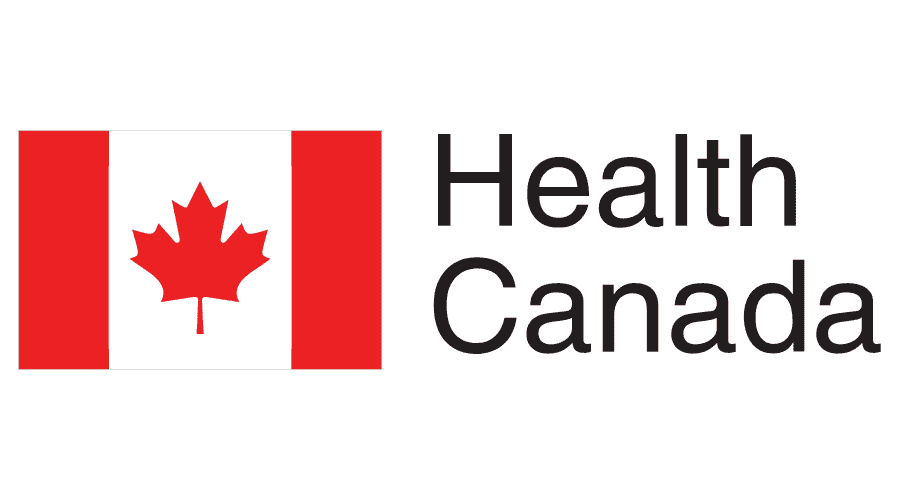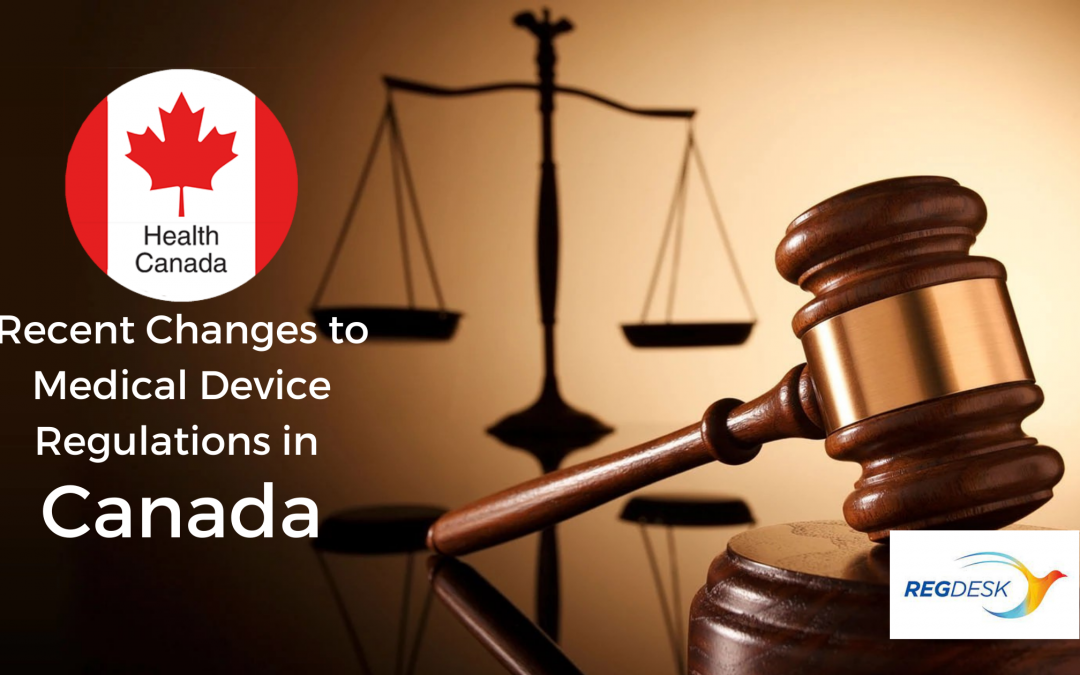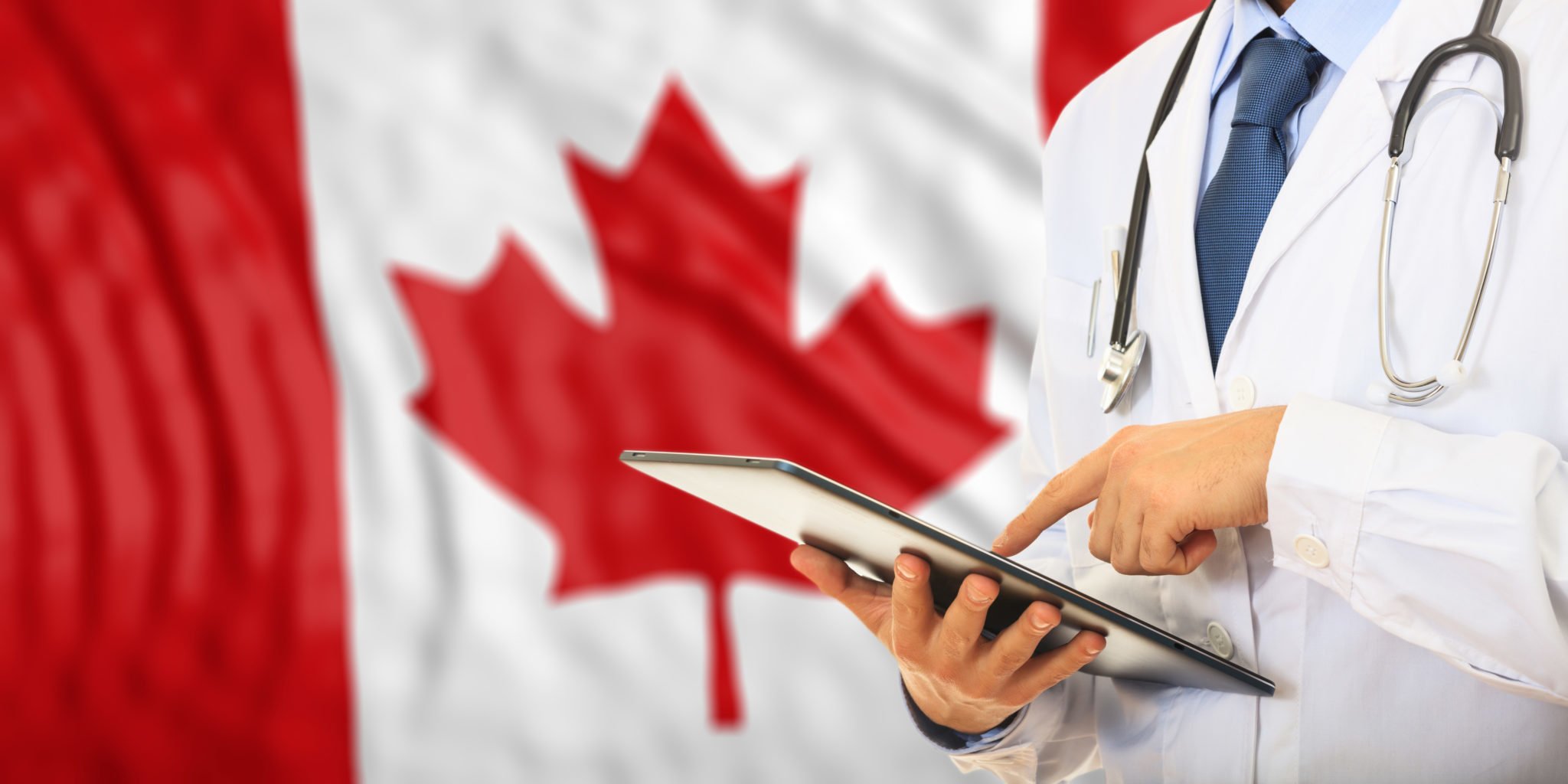In last month’s #WebinarWednesday, Canadian regulatory expert Ana Subramanian discussed significant changes occurring this year with Canadian medical device regulations.
The two most significant changes discussed were new requirements related to foreign risk notification implemented as part of the Protecting Canadians from Unsafe Drugs Act (also known as Vanessa’s Law) and new requirements to prepare summary reports introduced as part of an effort to harmonize Canada’s medical device regulations with those of EU’s MDR and IVDR.

Table of Contents
These new requirements increase the burden of oversight on manufacturers and importers of medical devices marketed in Canada. For many companies, the creation of new systems of vigilance and increased communications with foreign partners will be necessary.
Changes to foreign risk notification
Health Canada now requires notification of foreign actions related to serious risk of injury to health regarding medical devices authorized for sale in Canada. Examples of foreign action include the following:
- Public Risk Communication;
- Labelling change, implemented at the request of a foreign agency or at the manufacturer’s discretion, to address misleading claims or in response to new information regarding health risks that have come available;
- Recalls, including product withdrawals;
- Reassessment; and
- Suspension or revocation of an authorization
This requirement only applies when actions listed above are taken in certain foreign countries regarding a device that is marketed in Canada. An appendix listing applicable nations is provided in the Health Canada Guidance released last year.
Responsible parties are required to notify Health Canada of actions related to foreign risk within 72 hours. This requirement represents a tightening of the previous requirement to report such events within ten days. The requirements entered into force on June 23, 2021.
The manufacturer is responsible for providing foreign risk notifications related to its devices. If a device in question is being imported into Canada, both the manufacturer and the importer are each responsible for providing Health Canada with information under the Foreign Risk Notification requirements, unless the manufacturer provides the Minister with written authorization to permit the importer to report on its behalf.
Regarding the process of monitoring actions by foreign authorities, Health Canada states that there are no specific requirements regarding the methods used. However, the authority recommends that manufacturers and importers maintain an auditable process that facilitates compliance verification activities conducted by the authority.
Examples of this sort of process include:
- A documented process to receive, assess and report on notifiable actions. This includes relevant quality documents, such as Standard Operating Procedures.
- operational records sufficient to enable the regulator to determine compliance (showing information received and assessed, decisions and actions taken, etc.)
Summary Report Requirements
Starting December 2021, medical device license holders are required to prepare annual summary reports for class III and IV medical devices. The twelve-month period reported should begin on the date the medical device license is issued. If a device is already licensed, the reporting period should begin on the anniversary of the issuance of the device license.
In the case of class II devices, reports must be prepared every two years. The same method for determining the reporting period of a device, or device family, applies.
Summary reports should identify changes related to the risks/benefits of a device that have occurred since the previous ASR was completed.
Examples of changes to risks/benefits include:
- possible adverse effects associated with the use of the medical device;
- problems related to the performance characteristics or safety of the device, including any complaints received by the manufacturer, importer or distributor after the device was first sold in Canada (e.g., problems referred to in section 57(1)(a) of the MDR);
- incidents relating to a failure of a medical device or a deterioration in its effectiveness, or any inadequacy in its labeling or in its directions for use that has led to the death or a serious deterioration in the state of health of a patient, user or other person or could do so were the incident to recur (e.g., incidents referred to in section 59(1) of the MDR); and
- serious risks of injury to human health that are relevant to the safety of the medical device and that are referred to in the proposed subsection 61.2(2).
Summary reports are intended to encourage to promote the creation and maintenance of a postmarket surveillance system that improved the industry’s ability to identify and respond to changes in the risks/benefits of products. Reports are not required to be submitted to Health Canada unless a change regarding the risks/benefits of a device has occurred. If a change in the risk/benefits associated with a device is identified during the preparation of a report, the responsible party is required to notify Health Canada of any changes to the risks/benefits of a medical device within 72 hours.
Sources:
How Can RegDesk Help?
RegDesk is a next-generation web-based software for medical device and IVD companies. Our cutting-edge platform uses machine learning to provide regulatory intelligence, application preparation, submission, and approvals management globally. Our clients also have access to our network of over 4000 compliance experts worldwide to obtain verification on critical questions. Applications that normally take 6 months to prepare can now be prepared within 6 days using RegDesk Dash(TM). Global expansion has never been this simple.


